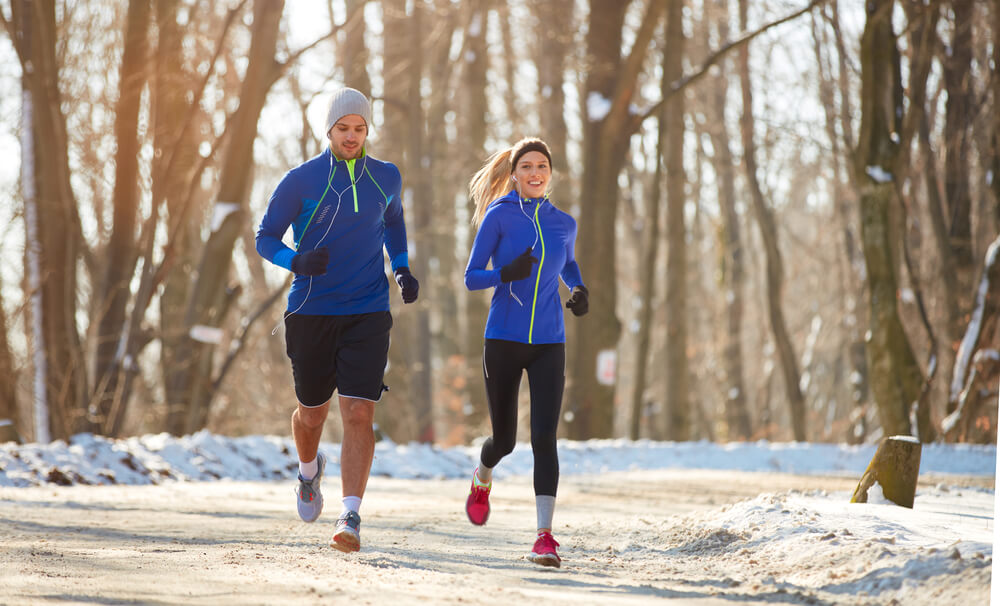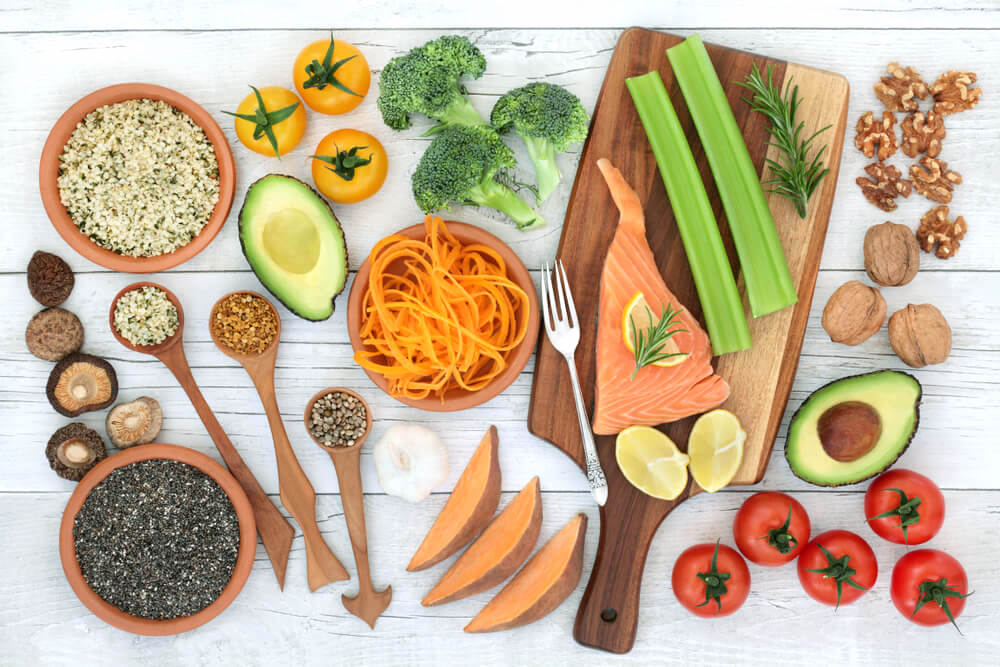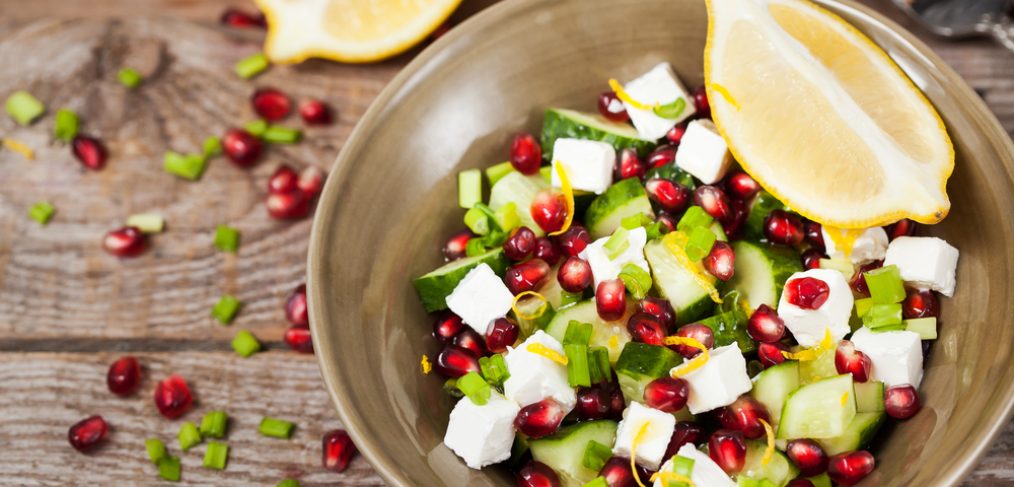The winter months can quickly take their toll on your skin, zapping it of its radiance.
Fortunately, there are several ways in which you can boost this back up, resulting in that vibrant winter glow you have always dreamed about.
Use a Gentler Cleanser
In the warmer months, your skin’s sebaceous glands naturally produce more oil. However, this slows down in the winter. This, coupled with the fact that the dry air outside, as well as inside from artificial heating, is sucking away your skin’s moisture, means that you need to try to retain as much of your natural oils as possible.
Retaining your natural oils will give your skin the radiant glow you’re looking for.
What does this have to do with your cleanser?
Well, a cleanser is designed to clear away dirt, makeup and, of course, oil from the skin. A stronger and more potent cleanser will do this to a greater extent, stripping away a large portion of the skin’s natural oils.
In order to prevent that from happening, you need to switch to a gentler cleanser.
Which cleansers are more gentle?
Cream cleansers tend to be the best for the winter months, as they add moisture back into the skin while they cleanse. Cleansing oils can also be useful for dry skin, although those with oily skin may find these too heavy.
Moisturize Your Skin While It Is Still Damp
Want to give your skin an instant boost of radiance?
This trick is the way to do it, and it also benefits your skin so much.
After cleansing your skin, whether this may be in the shower or otherwise, make sure that you do not rub your skin dry. Not only will this irritate and damage your skin, but you also need your skin to retain quite a bit of that extra moisture in order for this to work.
Gently pat your skin with a soft towel to clear away excessive amounts of water, and then reach for your moisturizer. Apply this to your damp skin, gently massaging it in.
Now, take a look in the mirror…
You will likely see that your skin has a glow to it that wasn’t there before.
Why is this?
It is all down to making the most of the way in which a moisturizer works…
While a moisturizer does deliver a small amount of moisture to the skin, its main role is to form a protective seal over the surface of the skin. This prevents the moisture that is already in and on the skin from evaporating, while stopping any impurities from easily entering into the skin.
When you apply moisturizer to skin that is already damp, all of those extra water molecules end up trapped beneath the moisturizer’s protective layer. This then means that there is only one place for them to go, and that’s down into your skin.

This is why your skin instantly looks so much more radiant after moisturizer has been applied on damp skin.
What should you be using to moisturize your skin?
In the winter, you need a thicker, heavier and greasier moisturizer than you do in the summer.
Plant butters and oils are perfect for this…
Make Use of Plant Butters and Oils
Plant butters and oils are incredibly nourishing for the skin, containing so many vital minerals, antioxidants, fatty acids and more. All of this will help your skin to battle through the harsh days of winter.
Which plant butters and oils should you be using?
Here are some of the best plant butters to use on your skin in the winter:
- Shea Butter – packed with vitamins A and E, as well as essential fatty acids and antioxidants, shea butter strengthens skin cells while protecting them from environmental damage. It also contains powerful anti-inflammatory properties and can significantly relieve dryness and itchiness. If you are looking for a way to protect your skin from windburn, shea butter is again worth considering
- Cocoa Butter – a great source of vitamin E, which heals and protects the skin, cocoa butter is packed with a number of other vitamins and antioxidants too. It hydrates and re-balances the skin, and has aromatherapy benefits too. Massaging this ingredient into the skin has been proven to improve the immune system and reduce feelings of stress
- Mango Butter – known for its protective and moisturizing qualities, mango butter supports skin cells, preventing degeneration, while also giving the skin increased flexibility. It is great for treating some of the dry skin issues that often come with winter, from peeling and itching skin to eczema and roughness
When it comes to the best plant oils to use on your skin in the winter, these are all worth considering:
- Camellia Seed Oil – known for being a favorite among Japanese Geisha, camellia seed oil, along with its many antioxidants and nutrients, is easily absorbed by the skin. Unlike many other ingredients, it is able to make its way deep into the skin’s layers, where it then replenishes the skin and prevents moisture from evaporating
- Carrot Seed Oil – thanks to its high content of carotol, beta-carotene and vitamins A and E, carrot seed oil is fantastic for rejuvenating the skin and giving it a glow in the winter months. It quickly counters dryness and dehydration, while bring light enough for those with oily skin to use
- Cucumber Seed Oil – known for its gentle yet effective properties, cucumber seed oil is packed with phytosterols. These compounds have been proven to be able to restore the skin’s moisture balance, strengthen its protective barrier and improve its elasticity
- Jojoba Oil – one of the best oils for those with oily skin to use. Its molecular structure closely resembles that of the skin’s own sebum, tricking the skin into believing that it has produced the oil itself. This triggers it to adjust its own production of oil, slowing this down. This is a great way to deal with oily skin in the winter, instead of using harsh products that strip away too much of your skin’s natural oils
Stay Active
You may not think that the amount of exercise you do has any sort of direct effect on the radiance of your skin, but it really does…
Yes, it can be so tempting to stay wrapped up indoors in the warmth in the winter, but keeping your body active and moving is so important.
Why?
Well, to begin with, your blood flow naturally slows down in cold temperatures, due to the way in which the cold constricts your blood vessels. Exercise helps to speed your blood flow back up. This means that your skin cells are able to receive a greater amount of oxygen and other nutrients, enabling them to fully function.
Since your blood flow is also responsible for carrying waste products away from your skin cells, this increases skin detoxification, which will enhance your skin’s glow.
There is nothing wrong with exercising indoors, and this is definitely better than not exercising at all. However, even if you keep the majority of your workouts indoors, try to spend at least one session a week exercising outdoors. This outdoor time is great for your skin, enabling it to get away from the dry indoor air.

Plus, embracing the winter will really help you to beat any winter blues and appreciate all of the beauty that the season has to offer.
Make Sure that You Are Regularly Exfoliating
You will likely notice more roughness and dryness on your skin in the winter months, and this is due to all of its moisture being sucked away into the dryness around you.
This leaves your skin cells parched and flaky, which is not a good look to have!
While exfoliation is important throughout the year, it becomes even more so in the winter. Exfoliation will quickly clear away any rough, dull, dry or dead skin cells, enabling the fresher, newer ones beneath to show through.
Not only that, but exfoliation enables the rest of your skin care products to better penetrate into your skin’s layers, meaning that they are able to work to their full potential.
How should you be exfoliating?
Well, you have two main options:
- Physical Exfoliation – this makes use of abrasive materials that are physically rubbed across the skin in order to dislodge dirt, dead skin cells and excess oil
- Chemical Exfoliation – this makes use of chemicals that dissolve the glue-like substance that keep dead skin cells attached to the skin’s surface, enabling these to then be washed away
So, which one is best for winter?
Many would guess physical exfoliation, but that’s where you would be wrong…
The abrasive nature of physical exfoliation ends up causing quite a bit of friction against the skin. This irritates and damages it, and some abrasives can even end up creating micro-tears in the skin.
On the other hand, chemical exfoliants work in a much gentler way, and there are different ones out there that are suitable for every skin type.
Alpha hydroxy acids, such as glycolic acid, lactic acid and tartaric acid, are great for dry and sensitive skin. However, make sure that you begin gradually, so that your skin has the chance to get accustomed to these new ingredients.
For those with oily skin, beta hydroxy acids, such as salicylic acid, would be your best choice. This exfoliates deeper within the pores, helping to clear out the blockages that would have otherwise led to breakouts.
How often should you be exfoliating in the winter?
This depends on your skin type…
Once a week is enough for those with dry or sensitive skin, while those with oily skin may need to increase this.
Make sure that you aren’t tempted to over-exfoliate either…
This can severely damage your skin’s protective layer, leaving you with redness, dryness, inflammation, sensitivities and more.
Adjust Your Diet
Your skin is your body’s largest organ, so it only makes sense that the food you eat will have a direct impact on the health and appearance of your skin.
Your body, as well as your skin, has different nutritional needs in the winter than it does in the summer, and it is important to cater to these.

What should you be eating in the winter?
Try adding more of these foods into your diet:
- Oily fish – these are packed with omega-3 and omega-6 fatty acids, as well as vitamin D, all of which help to protect and nourish the skin during the winter
- Avocados – one of the best sources of vitamin E, avocados heal and protect the skin from within
- Sweet potatoes and winter squash – high in vitamins A and C, these vegetables help to increase skin cell regeneration and protect the skin from aging
- Cocoa – contains specific flavonoids and antioxidants that help to improve skin texture and increase blood flow to the skin, therefore nourishing it with more nutrients and oxygen
- Bell peppers – vitamin C not only boosts the immune system, which is why it is often recommended for winter colds, but it also provides potent antioxidant and anti-inflammatory benefits to the skin. While citrus fruits are great for obtaining vitamin C, bell peppers actually contain three times the amount of vitamin C as an orange, making this the vegetable to eat more of
Anything you should stay away from?
Yes. Stay clear of alcohol, sugar and excess salt in the winter, along with any other foods that lead to dehydration. Your body needs to retain all of the moisture it can in the winter, especially if you want your skin to look radiant.
The winter months can be tough on your skin, but there are plenty of steps that you can take to restore your skin’s natural radiance. From knowing which ingredients to use topically to understanding the best skin care techniques for the colder season, these tips will give your skin a beautifully rosy winter glow.




















